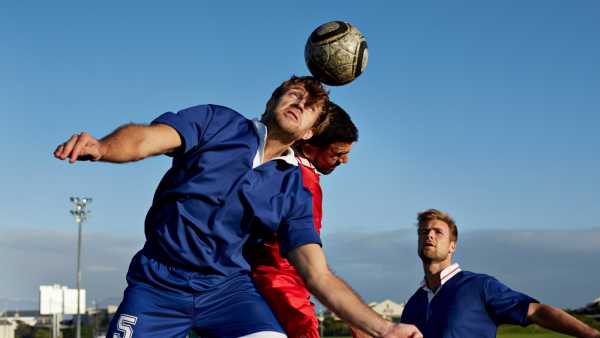
A new study shows that repeated head impacts of any intensity over time may increase the risk of developing chronic traumatic encephalopathy. (Image credit: Klaus Wedfelt/Getty Images)
High-impact sports like American football, soccer, and rugby often involve repeated blows to the head, and while these impacts don't always cause concussions, new research shows that even minor impacts can damage the brain.
Until now, researchers believed that chronic traumatic encephalopathy (CTE)—a degenerative brain disease associated with repeated traumatic brain injuries and characterized by disturbances in mood, behavior, thinking, and memory—primarily begins with the accumulation of an abnormal protein in the brain. This protein, called tau, normally helps maintain the health of neurons, but in its abnormal form, it can kill them. In fact, CTE can only be accurately diagnosed postmortem, as at that point, doctors can directly measure tau levels in brain tissue.
You may like
-
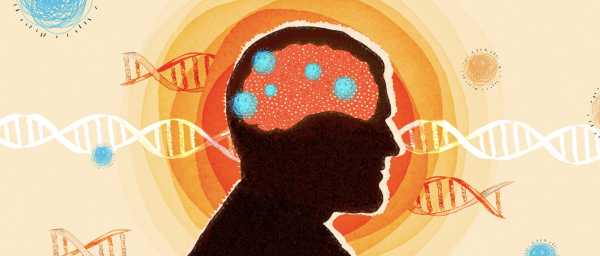
Remnants of ancient viruses make up 40% of our genome. They can cause brain degeneration.
-
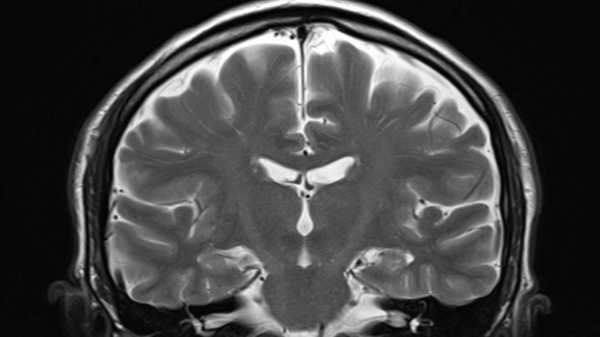
Brain scans can reveal your true biological age.
-
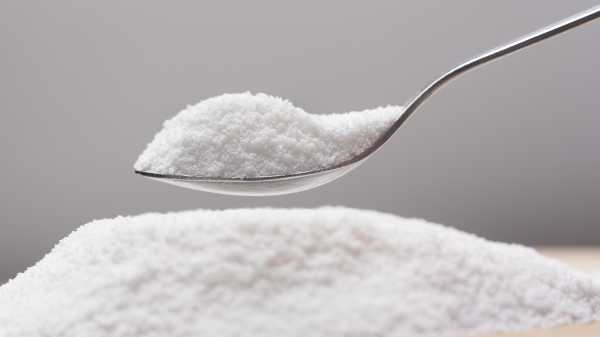
Sugar-free sweetener erythritol may pose a risk to brain cells.
“These findings provide some of the strongest evidence to date that repetitive head impacts can trigger long-lasting changes in the brain, even before the development of chronic traumatic encephalopathy (CTE),” Brooke Conway Kleven, a sports data analytics research fellow at the University of Nevada, Las Vegas, who was not involved in the study, told Live Science in an email.
The study also challenges the common belief that the risk of developing CTE is determined solely by the number of concussions a person has had.
“It's the cumulative impact of head impacts of any intensity that leads to long-term consequences,” Kleven said. “Headgear doesn't significantly reduce the force transmitted through the brain, so more effective protection alone may not solve the problem.” Policy changes aimed at reducing unnecessary head impacts in sports will be more effective than equipment alone, she said.
Nicholas Murray, associate professor and director of the Neuromechanics Lab at the University of Nevada, Reno, who was not involved in the study, agrees that helmets and softshell covers do not provide sufficient protection. Retraining athletes to limit head impacts may be more effective.
Accumulated damage
Murray told Live Science that some studies also show that starting contact sports at a younger age increases the risk of brain decline in older age.
In a new study, scientists examined the brain tissue of 28 people who were between 20 and 51 years old at the time of death. Some had no history of head injuries; some had participated in contact sports but showed no signs of CTE; and others, based on brain tissue analysis, had early-stage CTE.
Using a technique called single-cell RNA sequencing, a team of researchers studied nearly 171,000 individual brain cells. RNA is the molecule cells use to synthesize proteins, so RNA sequencing can provide insight into which proteins are being synthesized in a given cell; these proteins then help determine the cell's type and role. This approach allowed the scientists to see how repeated traumatic brain injuries affect different types of brain cells.
You may like
-
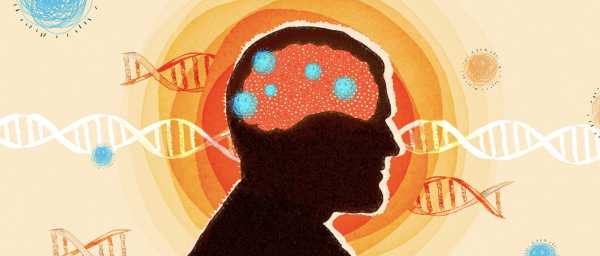
Remnants of ancient viruses make up 40% of our genome. They can cause brain degeneration.
-
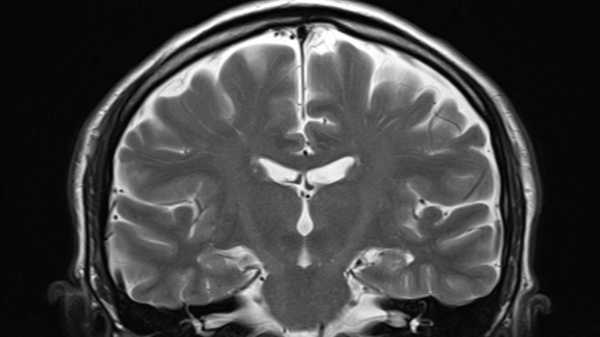
Brain scans can reveal your true biological age.
-
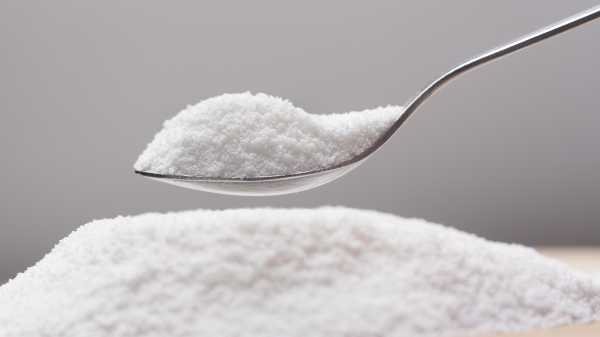
Sugar-free sweetener erythritol may pose a risk to brain cells.
In the frontal cortex—the area that bears the brunt of head impacts—the researchers found a 56% reduction in the number of specific neurons responsible for communication between different brain regions. This loss was evident regardless of whether the athletes had significant accumulation of tau protein, a key hallmark of CTE.
“This tells us that damage may accumulate earlier and be less noticeable than previously thought, and that symptoms in athletes may be caused not only by protein buildup but also by inflammation and changes in blood flow,” Kleven said.
The decline in this indicator was closely related to the number of years an athlete played American football, regardless of age at death or the degree of abnormal tau protein accumulation. This suggests that repeated exposure alone may be sufficient to significantly reduce the number of neurons.
Moreover, the damage wasn't limited to neurons. The researchers also found that repeated head impacts can disrupt the brain's resident immune cells, called microglia, leading to a depletion of cells involved in maintaining homeostasis and an increase in cells involved in inflammation. Head impacts are also associated with inflammation in blood vessel cells and astrocytes—star-shaped cells that provide neurons with energy and support signaling in the brain.
Researchers suggest that in people exposed to repeated head impacts for years, blood vessels become overstressed, oxygen supply is reduced, and the blood-brain barrier—the shield that normally protects the brain—begins to break down. This may trigger a feedback loop: damaged blood vessels activate immune cells and astrocytes, which then become inflamed. Each new impact restarts the cycle before the brain has time to recover, turning a short-term injury into a long-term problem.
RELATED STORIES
—Even mild concussions can “reprogram” the brain, which can lead to long-term symptoms.
— “Revived” herpes viruses hiding in the brain can cause concussions and dementia.
— The spinning egg yolks allude to how concussions warp the brain.
While the new study paints a troubling picture, it has some limitations. For example, the researchers determined the impact of repeated head impacts through in-depth interviews with donors' immediate family members—a method that can be imprecise and prone to error, Murray said. A better approach would be to use brain samples from people with a documented history of head impacts, quantitatively measured with mouth guards or other instruments, he said. However, this is not always possible in retrospective studies.
“The fact that participants in the repetitive head impact group died at such a young age may indicate the presence of multiple other comorbidities/factors that could contribute to neurodegeneration,” Murray noted. Therefore, in this case, the results could be confounded by the presence of other conditions in the study group that made them susceptible to brain cell loss.
Disclaimer
This article is for informational purposes only and does not contain medical advice.

Clarissa Brincat, Live Science contributor
Clarissa Brincat is a freelance writer specializing in health and medical research. After earning a master's degree in chemistry, she realized she enjoyed writing about science more than actually doing it. She learned how to edit scientific articles as a chemistry editor and then transitioned to a medical writing position at a healthcare company. Writing for doctors and experts is challenging, but Clarissa wanted to connect with a wider audience, which naturally led her to freelance writing in the health and science fields. Her work has also appeared in Medscape, HealthCentral, and Medical News Today.
You must verify your public display name before commenting.
Please log out and log back in. You will then be asked to enter a display name.
Exit Read more
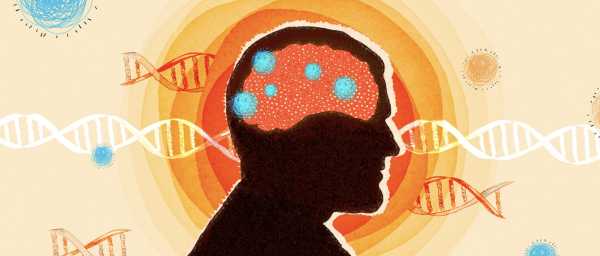
Remnants of ancient viruses make up 40% of our genome. They can cause brain degeneration.
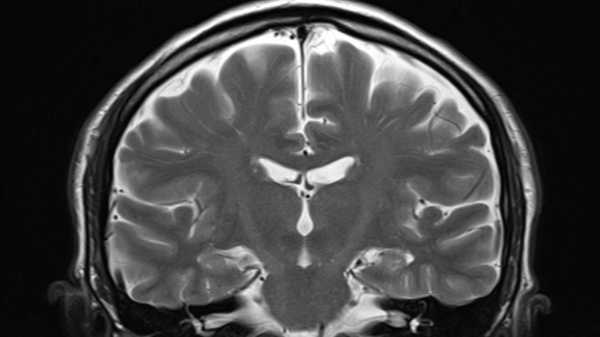
Brain scans can reveal your true biological age.
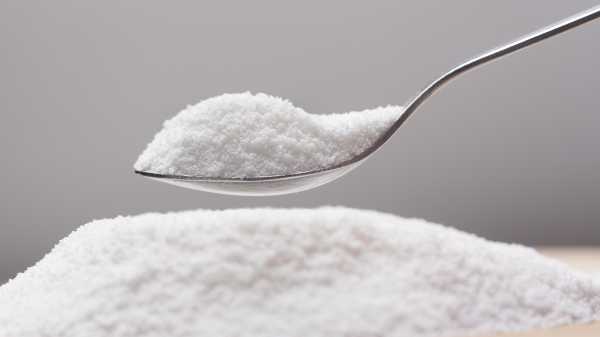
Sugar-free sweetener erythritol may pose a risk to brain cells.
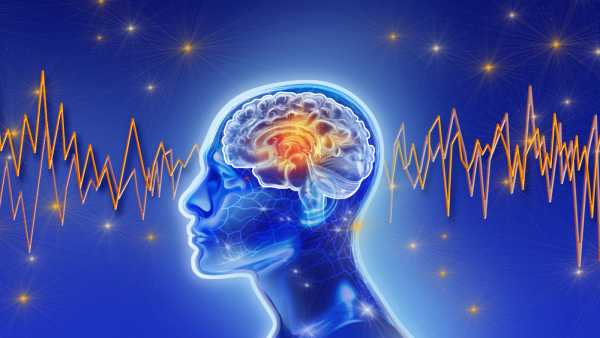
Scans show that when your mind “switches off,” brain activity resembles deep sleep.

A dangerous condition that can cause seizures, coma and death could increase sharply due to global warming.
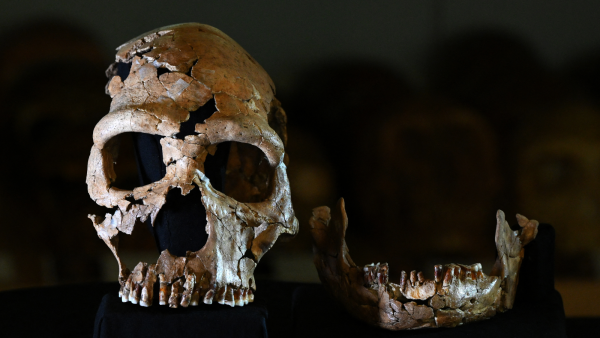
Neanderthal genes may explain a disorder in which the brain bulges out of the skull.
Latest news in the healthcare sector

Scientists created human eggs from skin cells and then used them to create embryos.
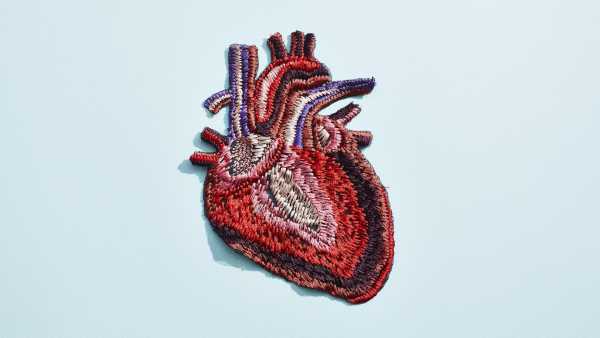
Heart Quiz: What Do You Know About the Body's Hardest-Working Muscle?

A woman developed unusual bruises from a massage gun. It turned out she had scurvy.
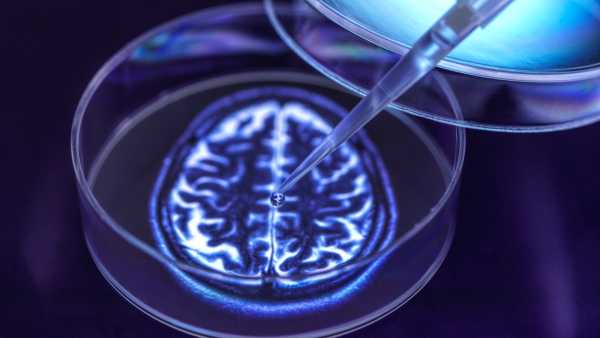
“Honestly, I'm not sure about it at all”: A survey revealed public uncertainty about experiments with lab-grown conscious “mini-brains”

Is acetaminophen safe during pregnancy? Here's what the science says.

Alexander Fleming wakes up to find strange mold growing in a petri dish and then accidentally discovers the first antibiotic – September 28, 1928
Latest news

New research has shown that the Bering Land Bridge formed much later than we thought.

Yosemite's glaciers have survived for 20,000 years, but we may be the first people to see the Sierra Nevada ice-free.
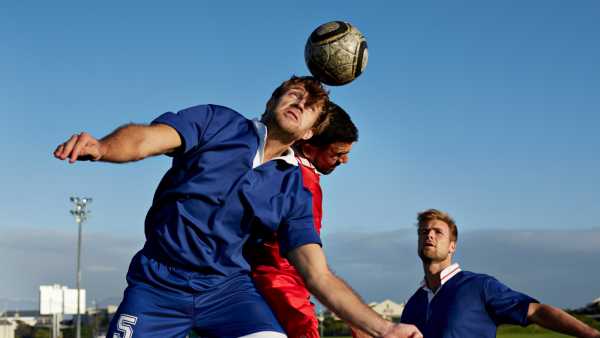
Years of repeated blows to the head increase the risk of CTE—even if they aren't concussions.
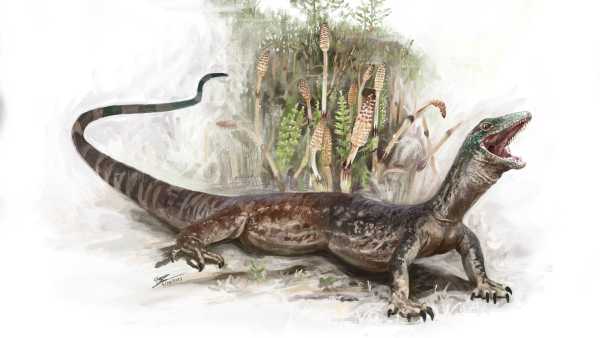
A mysterious 160-million-year-old creature discovered on the Isle of Skye is half lizard, half snake.

The 'Midnight' eVTOL broke its own record in its final test flight, bringing us closer to the launch of flying taxis.

The “Great Wave” swept across our galaxy, displacing thousands of stars from their places.
LATEST ARTICLES

1New research has shown that the Bering Land Bridge formed much later than we thought.
Live Science magazine is part of Future US Inc., an international media group and leading digital publisher. Visit our corporate website.
- About Us
- Contact Future experts
- Terms and Conditions
- Privacy Policy
- Cookie Policy
- Accessibility Statement
- Advertise with us
- Web notifications
- Career
- Editorial standards
- How to present history to us
© Future US, Inc. Full 7th Floor, 130 West 42nd Street, New York, NY 10036.
var dfp_config = { “site_platform”: “vanilla”, “keywords”: “type-news-daily,serversidehawk,videoarticle,van-enable-adviser-
Sourse: www.livescience.com





